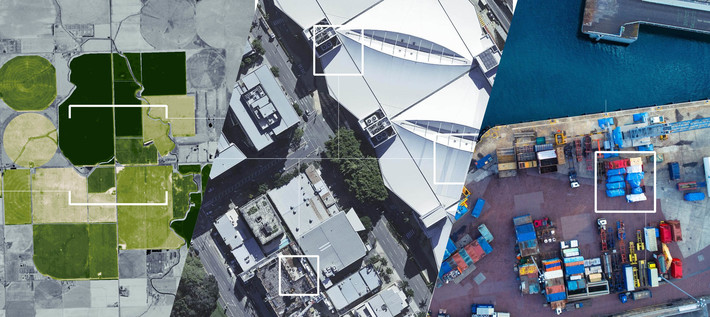
Deep learning has wide application in artificial intelligence and computer vision backed programs. Across the world, machine learning has added more value to a range of tasks using key methodologies of artificial intelligence such as natural language processing, artificial neural networks and mathematical logics. Off lately, deep learning has become central to machine learning algorithms which are required to do highly complex computation and handle gigantic data.
With a multi-layer neural architecture, deep learning has been solving multiple scenarios and presenting solutions that work. There are several deep learning methods which are actively applied in machine learning and AI.
Types of Deep learning methods for AI programs
1. Convolutional Neural Networks (CNNs): CNNs, also known as ConvNets, are multilayer neural networks that are primarily used for image processing and object detection.
2. Long Short Term Memory Networks (LSTMs): Long-term dependencies may be learned and remembered using LSTMs, which are a kind of Recurrent Neural Network (RNN). Speech recognition, music creation, and pharmaceutical development are all common uses for LSTMs.
3. Recurrent Neural Networks (RNNs): Image captioning, time-series analysis, natural-language processing, handwriting identification, and machine translation are all typical uses for RNNs.
4. Generative Adversarial Networks (GANs): GANs are deep learning generative algorithms that generate new data instances that are similar to the training data. GANs aid in the creation of realistic pictures and cartoon characters, as well as the creation of photos of human faces and the rendering of 3D objects.
5. Radial Basis Function Networks (RBFNs): They are used for classification, regression, and time-series prediction and have an input layer, a hidden layer, and an output layer.
6. Multilayer Perceptrons (MLPs): MLPs are a type of feedforward neural network that consists of many layers of perceptrons with activation functions.
7. Self Organizing Maps (SOMs): SOMs enable data visualization by using self-organizing artificial neural networks to decrease the dimensionality of data. SOMs are designed to assist consumers in comprehending this multi-dimensional data.
8. Deep Belief Networks (DBNs): DBNs are generative models with several layers of stochastic, latent variables. For image identification, video recognition, and motion capture data, Deep Belief Networks (DBNs) are employed.
9. Restricted Boltzmann Machines( RBMs): RBMs are stochastic neural networks that can learn from a probability distribution across a collection of inputs.
10. Autoencoders: It’s a sort of feedforward neural network where the input and output are both the same. Autoencoders are utilized in a variety of applications, including drug discovery, popularity prediction, and image processing.
Why does deep learning matter in AI implementation?
Deep learning models have larger and more specific hardware requirements. DL aids Artificial Intelligence (AI) systems achieve outcomes in prediction and classification tasks. Deep learning, a subtype of machine learning, employs artificial neural networks to carry out the machine learning computation. Deep learning enables machines to tackle complicated issues even when they are given a large, unstructured, and interconnected data set.
On the other hand, it’s no secret that AI programs require massive amounts of machine learning to predict accurately. The predictions work accurately if the data set used for training and ML model is well structured and labelled. Hence, the models and results in Ml are more data-intensive than what it is in deep learning.
Training data need in AI implementations
Training data is in focus when we talk about AI programs and implementation. Every artificial intelligence requires supervised or unsupervised learning to understand a given problem. Without the training data, it is unlikely that an AI program will produce any logical results. As a field AI makes use of both unstructured and structured or hybrid training in a variety of formats. Meanwhile, deep learning differs in terms of training data requirements, however, the calculation of the same must be based on layers of computation. Machine learning being dependent on data requires more training data which include both labelled text and image data for coming up with a model.
Summing up, deep learning or machine learning both are dependent on a certain level of data but deep learning can also function with unsupervised data labeling and are more computation-intensive.
